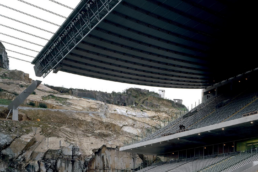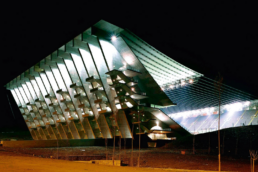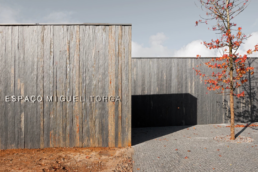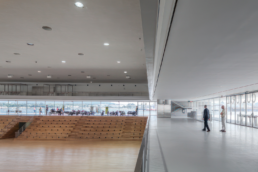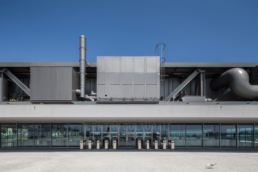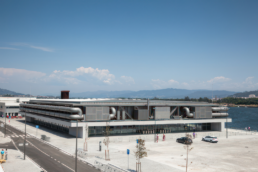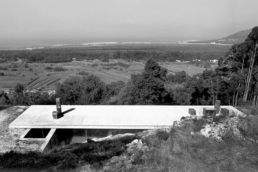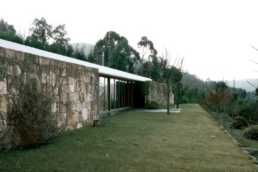Souto de Moura 1980–2025: New Monograph Published by Arquitectura Viva
DATE
06.05.2025
Arquitectura Viva has released a new monograph dedicated to the work of Portuguese architect Eduardo Souto de Moura, curated by Luis Fernández-Galiano.
Titled Souto de Moura 1980–2025, this carefully crafted edition brings together 45 selected projects spanning more than four decades of architectural production — from single-family homes to major urban facilities — in a career marked by formal sobriety, sensitivity to place, and rigorous materiality.
Eduardo Souto de Moura, a Pritzker Prize laureate, is a central figure of the so-called Porto School. Like Álvaro Siza, with whom he collaborated early in his career, he shares a vision deeply rooted in local context and a constant concern for constructive values. Through his work, Souto de Moura has engaged in dialogue with tradition without abandoning a contemporary language, creating projects that synthesize the vernacular and the modern. His architecture is not grandiose; rather, it is grounded in economy of means, precision in detail, and a restrained yet expressive material palette — including stone, concrete, and wood — used masterfully to create serene and timeless atmospheres.
One of the most remarkable aspects of his work is the use of materiality as a means of integrating with the landscape. In projects such as the Miguel Torga Cultural Centre, for example, the use of schist walls — a local material — reflects not just aesthetic concerns but a deep desire to embed the building within its surroundings. This attention to context recurs in many of his works, where topography, climate, culture, and memory of place are central to the design process. Rather than imposing form, Souto de Moura seeks architecture that emerges from the site, as though it had always belonged there.
Among his extensive portfolio, single-family houses occupy a central role. For Souto de Moura, the house has been a true laboratory for ideas — a place to experiment with spatial, structural, and symbolic solutions that later inform his larger-scale projects. Houses such as those in Tavira or Moledo reveal his interest in domesticity, light, and the landscape. These works strive for architectural essence without falling into empty minimalism. Space is clearly ordered, materials are expressed with authenticity, and the result is architecture that breathes — offering shelter and engaging quietly with its context.
In addition to his residential work, Souto de Moura has developed a series of public buildings and infrastructure projects that demonstrate his ability to operate at a large scale while maintaining a handcrafted sensibility. A landmark example is the Braga Municipal Stadium, a monumental structure carved into the rock that transforms the natural landscape into an architectural setting of symbolic power. Eschewing the technological spectacle common in such buildings, Souto de Moura opted for a solution that respects the terrain, showing that architecture can be radical without losing connection to place. Another notable case is the Cultural Centre of Viana do Castelo, where he creates a public building that fosters community and cultural life through clear, sober, and generous design.
This monograph by Arquitectura Viva offers not only a comprehensive journey through the work of one of the most influential architects of recent decades, but also an invitation to reflect on the essential values of architecture. In an era dominated by image and immediacy, Souto de Moura’s work reminds us of the importance of continuity, time, listening to place, and rigor in the craft. His architecture is not designed to surprise but to endure; not to dazzle, but to remain. As such, his works do more than create space — they propose a way of being in the world: attentive, respectful, and deeply committed to time and place.
MArch Valencia. Arquitectura y Diseño
© 2025 MArch Valencia. Arquitectura y Diseño
Privacy policy | Cookies policy | Terms of use



